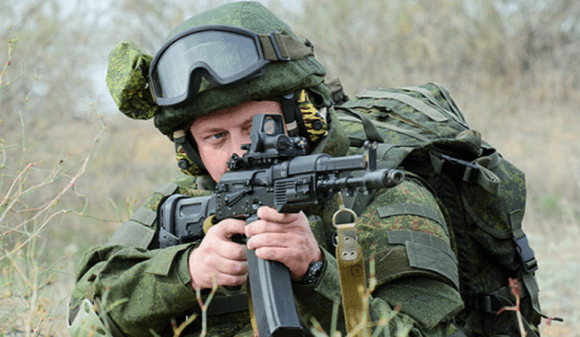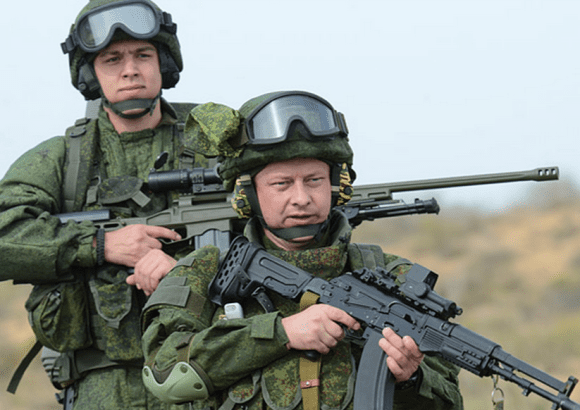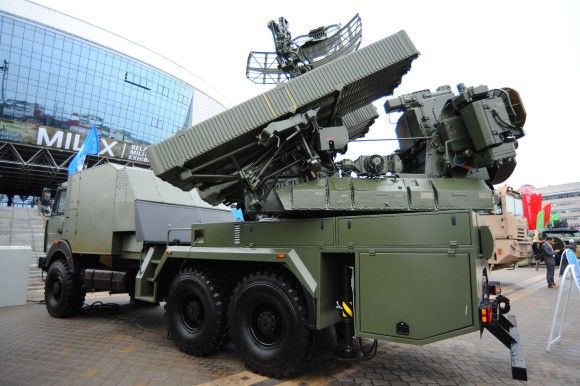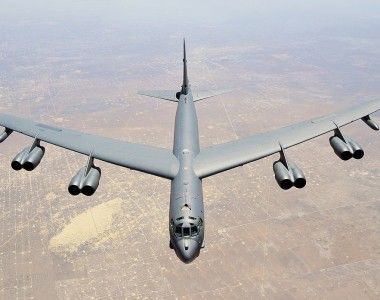“Kuznetsov” – A Floating Disaster?
Loss of two jets in 20 days, during the landing operations onboard the Russian Kuznetsov aircraft carrier, clearly shows that the vessel is in a very bad shape. The dangerous circumstances related to the aforesaid events do not form a concern solely for the Russians, as air forces and navies of numerous states also their assets deployed to Syria as well.
The Kremlin, confirming the loss of the second jet stationed onboard the Admiral Kuznetsov aircraft cruiser operating close to Syria, in the Mediterranean Sea, on 5th December, has made a statement which was very reserved in its content. An effort has been made to emphasize the fact that the pilot has survived the crash. According to the Chief Official of the Putin’s Press Department, Dimitry Peskov, carrier operations are a “very intensive, complex and heroic work. This is the suitable assessment. Above all, it should be said that the pilot has survived”.
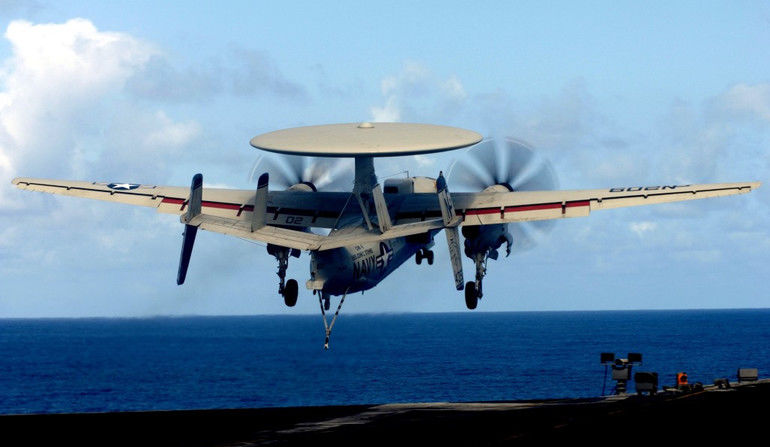
Russian MoD, on the other hand, announced that on 3rd December the Su-33 was unable to stop onboard during the landing, due to the fact that the arrestor cable was broken. Hence, the jet has fallen into the water. The pilot successfully ejected and was rescued by a SAR helicopter.
Thus, the scenario reported was virtually identical to the previous incident which happened on 13th November this year. In the said case, the second of three MiG-29K aircraft landing onboard the carrier broke the arrestor cable, while the third fighter which was airborne at the time, fell into the water, probably due to the lack of fuel, since, probably, it was unable to land on the carrier, with the arrestor cables tangled altogether. “Probably”, as the official release issued by the Russians suggested that the “engines of the jet holding the pattern were switched off due to the lack of fuel supply”. However, nobody wants to admit why the fuel supply was suspended.
Why did the Russian jet fall off the deck?
When it comes to the incident, we so far only can base our hypotheses on the official Russian release and on the report that had been published by “The Aviationist”. David Cenciotti wrote that the Su-33 jet fell into the water during its second approach, and that the incident took place in good weather conditions, with visibility of 10 kilometres, 12 knots wind speed and at sea state of 4, which should not pose a problem for a vessel with displacement of around 60,000 tonnes.
Two basic questions remain unanswered though. First – why the jet fell into the water, if only a single arrestor cable was broken. Secondly, one may also wonder why the cable was even damaged after all. One should clearly note that should the carrier operations be carried out properly, then such incident would have never taken place.
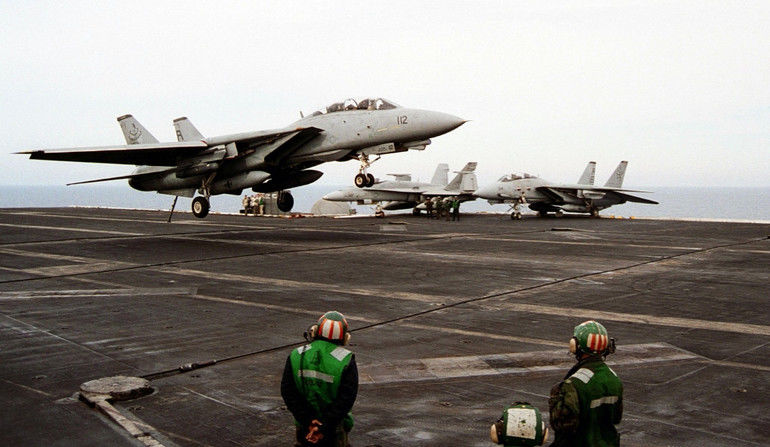
The arresting gear on the Russian carrier uses four arrestor cables, and should one of them be broken, the next one shall act as a reserve measure. Each of the said arrestor cables is being raised several centimetres above the deck, thanks to a special system of arched supports, which makes it easier for the hook to grab the cable. Then they are subjected to tension corresponding with the weight of the jet.
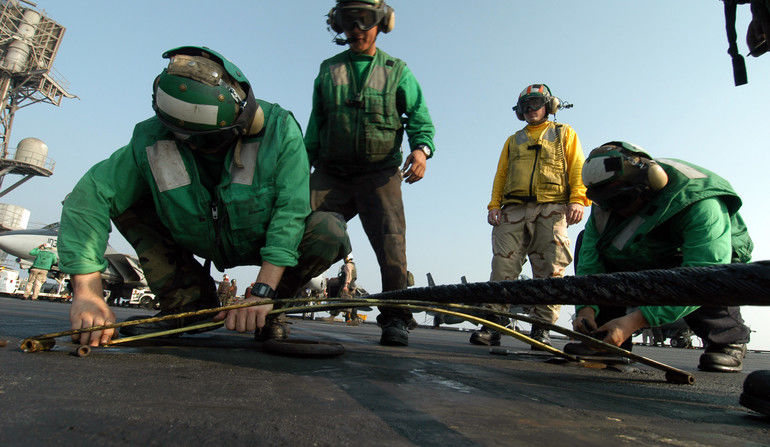
The arrestor cable which is too tense may damage the landing gear of the aircraft, when it is too loose, then the braking procedure may be impossible, and the jet would fall off the deck. The cables are connected to a special hydraulic system which gradually stops the landing aircraft. The cables are also numbered, from 1 to 4, counting from the stern, from the direction from which the jets land on the deck.
During the landing, the Russians are making efforts to place the hook on the third or second cable. The fourth one is treated as a reserve. The ship in question has its deck so short that any attempt to catch the first cable, in case of adverse weather conditions, may end up in a situation in which the hook grabs the end of the deck.
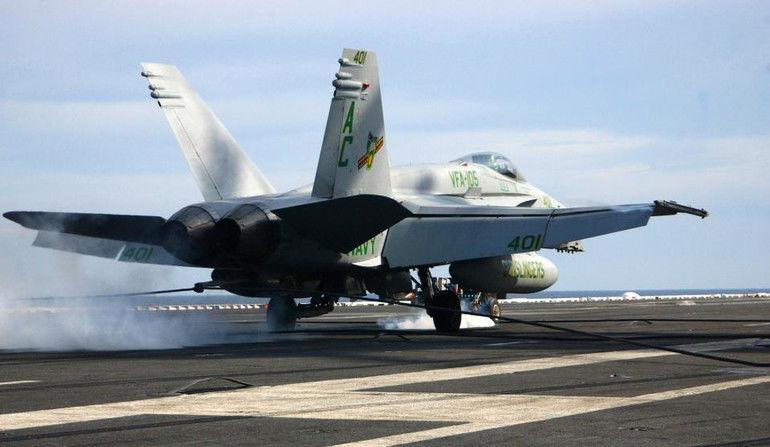
The fact that the Su-33 jet has fallen off the deck may be a direct consequence of the pilot’s error, catching the fourth “arrestor cable’ or (which is less probable, but plausible in case of the Russians) that only two arrestor cables (first and second) remained operable, following the damage that occurred 20 days before that (second and third cable). Then, no reserve system existed, and once the fourth cable was broken, the jet had no thrust available to take off.
Obviously, the landing aircraft maintain thrust above 85% of the maximum value available to their engines. Moreover, the thrust is increased to the max, when the landing gear touches the deck. This makes it possible for the jet to go around, should a situation emerge in which the hook did not catch any of the cables. However, if the hook catches one of the cables, the speed of the aircraft, even if the cable snaps, is too low for the jet to go around.
A similar incident, also involving the Su-33 jet, took place onboard the Kuznetsov vessel eleven years before that, on 5th September 2005. During that incident, the pilot has managed to successfully eject himself out of the cockpit.
Why did the arrestor cable snap?
The question which is the most important here is: why the second of the arrestor cables has snapped onboard, in so short period of time? The cables are made out of tightly woven steel wire, of high flexibility. They should not be a subject to damage so frequently. The Russians probably replaced the cables before the deployment. Even if they did not, the system should be a subject to strict inspections.
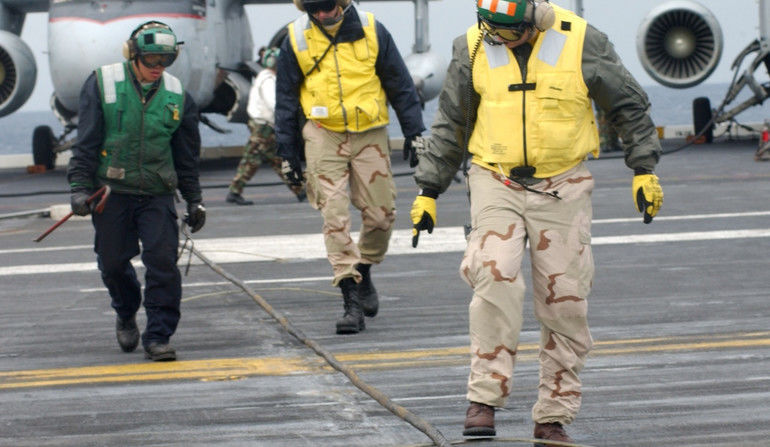
In case of the US aircraft carriers, it is assumed that the arrestor cables, even if their condition is good, shall be replaced in intervals of 2000 landings. Not only is the above procedure applicable in case of the cables that are subjected to the hook tension, as damage may also occur when the aircraft gear goes over the remaining cables.
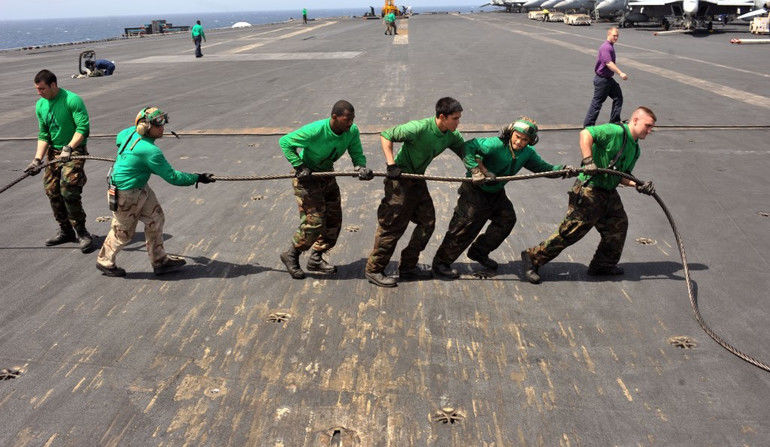
Even the new arrestor cables are not indestructible, as they may snap also when the approach speed is too high. The speed cannot exceed a certain defined value, and this is being taken care of by both the pilots, as well as by the glideslope controllers. The speed is also being artificially diminished, as the carrier moves in a certain way, which makes the landing conditions easier. The jets approach the deck from the stern side, and the aircraft speed is lower, as the carrier’s speed may be deduced from the airspeed. Kuznetsov is not, most probably, in possession of fully functional propulsion system, and thus, full power of the engines in unachievable.
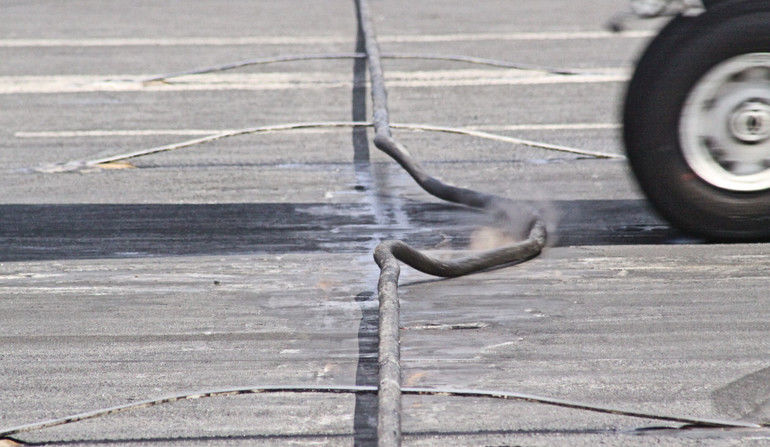
The speed of the Russian jets cannot be diminished by 56 kph (30 knots of top speed of the vessel), but it may be reduced only by around 35 kph (at the attainable speed of 19 knots). The 20 kph of difference may also have a detrimental impact on the strength of the Russian arresting gear. The Russians must have known though that the landing speed of the jet was too high, as it was ordered to go around and make another approach. Thus, they had to accept the risky landing conditions, as the jet was running on fumes. This resulted in loss of the said aircraft.
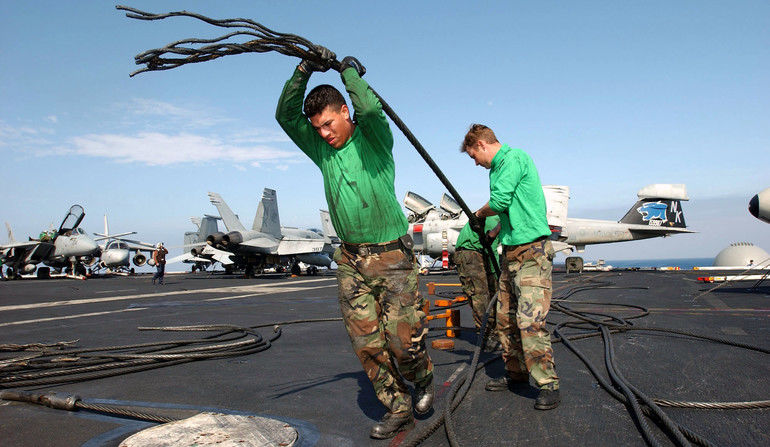
Pilot’s error is the least possible cause for the incident. Each of the pilots undergoes intensive training, also with the use of the NITKA carrier training facility at the Saki airbase, in Novofedorovitse, in the Crimean Peninsula. There, the Kuznetsov’s deck has been replicated, along with all of the hardware that is being used by the pilots when landing onboard the aircraft carrier.
“Unsafe Vessel”
The analysis of the incident suggests that the sole operable Russian aircraft carrier faces significant technical issues, and these issues are not related to the aircraft onboard, they are tied to the ship itself. If indeed, the engine room is not a subject to proper control, and if full performance is unachievable, then we may extrapolate from the above circumstances and claim that the cruiser is also dangerous for its surroundings.
In bad weather conditions the Russians may lose control over the huge vessel which, as a consequence, may cause a serious maritime incident, with ramifications of tragic nature, not only for the Russian Navy. At least twice, the Russian carrier was close to colliding with rocks (close to Scotland and Malta). We should remember that now, the aircraft cruiser in question is even older, and its lifetime is gradually coming to an end.
Each of the potential incidents involving Kuznetsov could end up in a natural disaster, the ramifications of which would take years to rectify. It shall also be remembered that the ship is full of munitions - aircraft and naval ordnance - the presence of which may make the potential rescue operation even more difficult.
The Russians are still putting on a brave face, trying to use their aircraft cruiser as a propaganda tool. However, even if a single incident is a thing which may happen to anyone (as accidents also happen in case of the US aircraft carriers), then two crashes in 20 days cannot be viewed as accidental.
However, this did not stop the Russians from nominating the Kuznetsov’s crew as the best one in the surface combatant category during the training year 2016.


